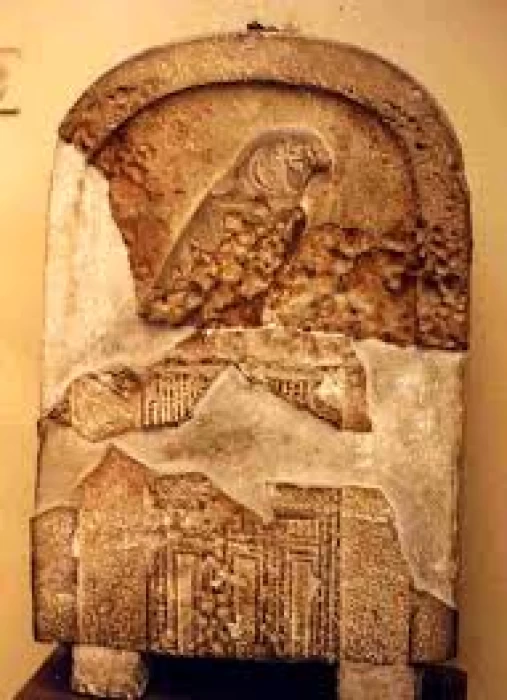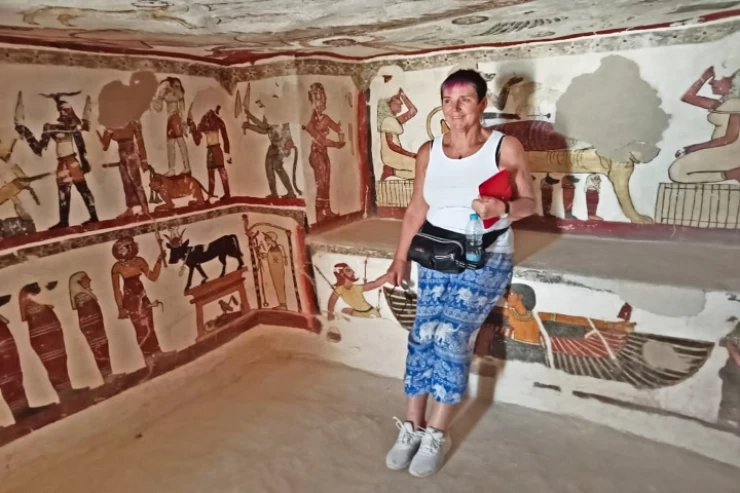
The great King Djer | one of the Egyptian Kings
King Hor-Aha was succeeded by King Djet (Wargi). He led campaigns in Nubia and Libya. His tomb is located in Abydos next to the tomb of his wife Mernith, who is believed to have assumed power when his son was a minor and when his tomb was discovered. King Djer's reign was marked by the absence of any internal disturbances and was also marked by the advancement of arts and industries of Egyptian history always the temples are decorated with different types of arts and decorations that you can see during one of Egypt Classic Tours.
The king built his tomb in Abydos, and two large tombs were found for him in the cities of Abydos and Saqqara. Abydos city is very near to Luxor and Aswan where you can discover Egyptian history through one of Egypt Nile Cruise Tours sailing in the river between the two cities. King Djer participated with King Aha in his conquests against Nubia and the establishment of a state until he reached the Second Cataract.
These events were recorded on a small stone tablet found in the area of Gebel Sheikh Suleiman, about 11 km south of Wadi Halfa. In recent excavations in the Saqqara area, a large tomb was found that dates back to Heerneith, who is believed to be the wife of King Djer. Like his father Hor-Aha, Djer was buried in Umm al-Uqab in Abydos. His tomb contains the remains of 318 servants who were buried with him.
Several objects were found in the tomb of Djer: A Djer stela, now in the Cairo Museum, one of the most attractive destinations during Cairo Day Tours probably from Abydos.Cards mentioning the name of a palace and the name of Merit-Neith. Moreover, Fragments of two vases were inscribed with the name of Queen Nebethotep. A queen's bracelet was found on the wall of the tomb.Manetho suggested that the First Dynasty ruled from Memphis. Indeed, Hor-Neith, one of Djer's wives, was buried near Saqqara.















